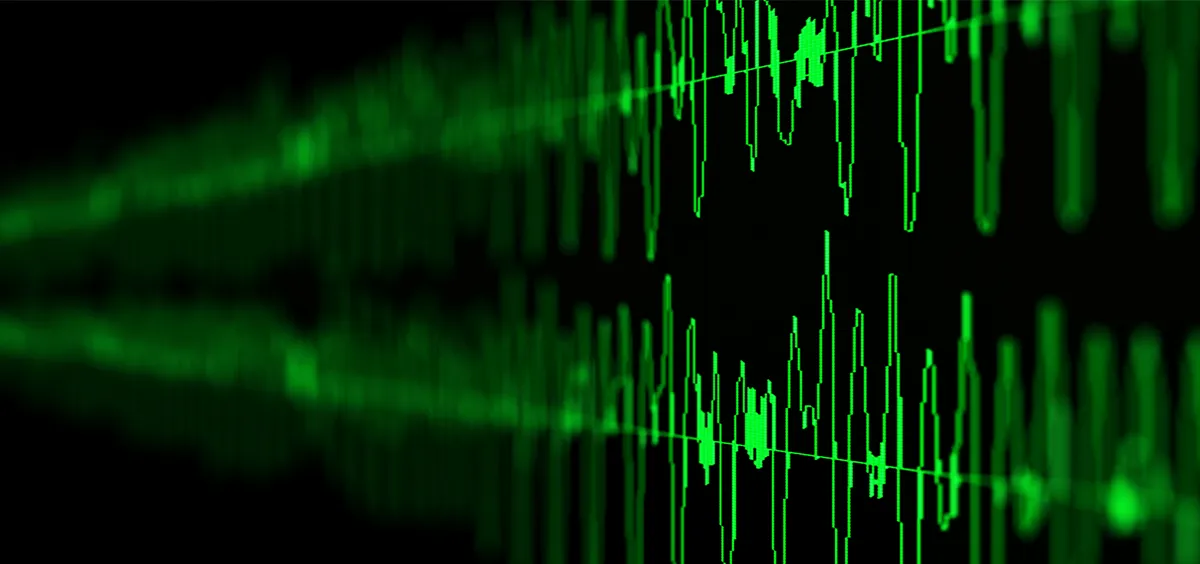
On 26th January 2001, when the whole country was celebrating our 52nd Republic day, a piece of devastating news shook the entire nation. A massive earthquake measuring 7.7 on Richter’s scale hit the state of Gujarat killing 30 thousand people and destroying 4 lakh homes in Gujarat in just 2 minutes. Although the epicentre of this earthquake was the Kutch region, it demolished 40% of homes, eight schools, two hospitals and numerous other significant buildings in the Bhuj. Dubbed Bhuj 2001, this earthquake is only one of the many earthquakes that shook India and cost lives and property damages.
As per the World Health Organization estimates, earthquakes caused nearly 7,50, 000 deaths globally between the years 1998-2017 which is more than half of all deaths related to natural disasters. Apart from being devastating on their own, these earth-shaking events often trigger other calamities such as landslides, fires and tsunamis setting off further destruction. The high number of casualties in these incidents motivates scientists to come up with models for early and precise prediction of earthquakes that can help lessen the associated damage.
Prof. Arun K. Tangirala, a Professor at the Department of Chemical Engineering at IIT Madras, is working on this problem as well. He, along with his research team composed of Kanchan Aggarwal and Siddhartha Mukhopadhya, came up with an approach for the development of a robust early warning system for earthquakes. Given the importance of the work, the research was partially funded by the Board of Research in Nuclear Sciences, an advisory body of the Department of Atomic Energy.
We all know that earthquakes occur due to sudden tectonic movements in the earth’s crust. Before the earth shakes, two waves namely Primary wave (or P-wave) and Secondary waves (or S-wave) originate from the epicentre of the earthquake. Like their name, P waves are the first ones to originate whereas S waves originate after the primary waves. Accurate detection time of origination of P waves therefore can help in predicting the upcoming earthquake.
“An estimate of accurate time of arrival of P waves gives us a lead time of approximately 30 sec to 2 mins till the destructive surface waves hit the ground. This lead time, though looks small, is sufficient to shut down the nuclear reactors, transportation such as metro, to stop or park the elevators in high rise buildings on the nearest floor, etc., which can result in preventing the damage caused by triggered disasters,” says Prof. Tangirala while explaining the significance of the work.
Apart from disaster management, the information on P wave arrival is also crucial in determining the other source parameters of the event such as magnitude, depth, epicentre location etc. Though various ways to detect P waves have been suggested in the literature, however, this new method of detection adds a time-frequency method to the earlier methods. Researchers show that this addition helps in improving the accuracy of the earlier prediction methods. Given the significance of the work, it has been published in the reputed international journal Plos One.
“The next step is to implement the proposed algorithm in real-time and productise the algorithm. Another path forward for this research is that the framework can be expanded for the multi-variable scenario to analyze all the three-channel data,” says Kanchan Aggarwal, first author of the study and PhD Scholar under the guidance of Prof. Arun K Tangirala, while discussing the future research plans.
Contributors
Kanchan Aggarwal, Siddhartha Mukhopadhya, Arun K. Tangirala
Article
Aggarwal K, Mukhopadhya S, Tangirala AK (2021) A prediction framework with time-frequency localization feature for detecting the onset of seismic events. PLoS ONE 16(4): e0250008.
Keywords
Earthquake, Early warning system, P wave, S wave